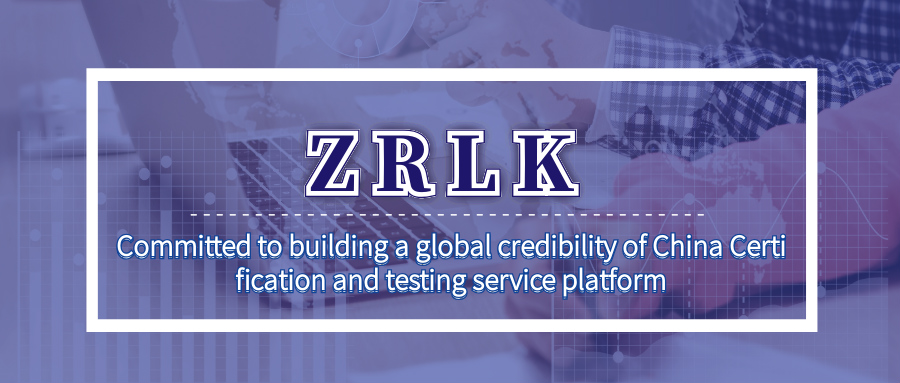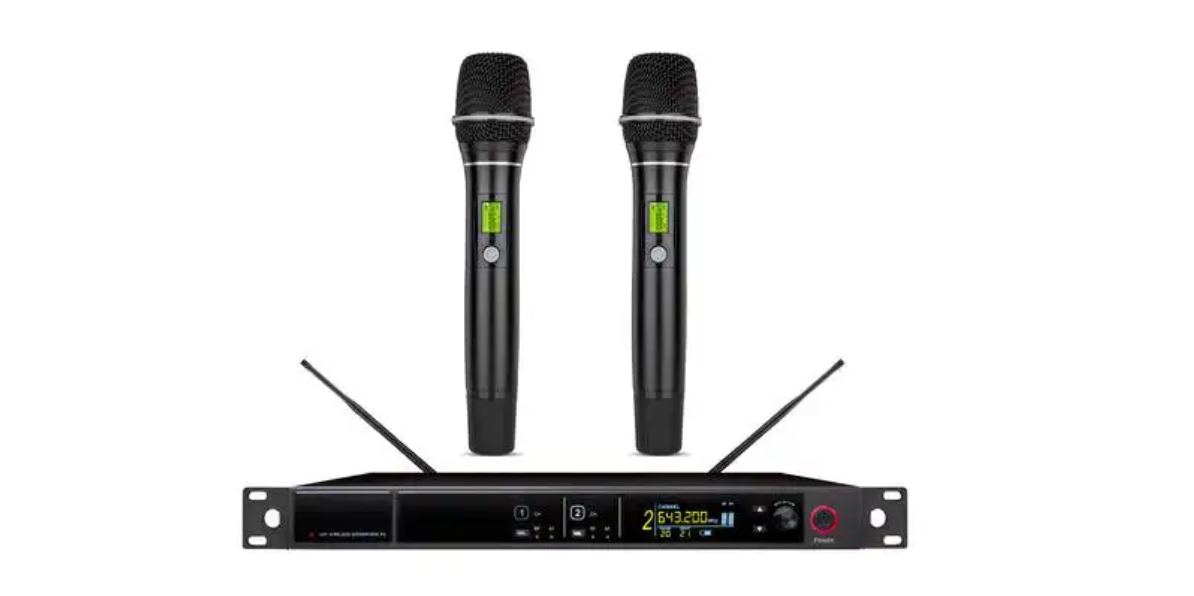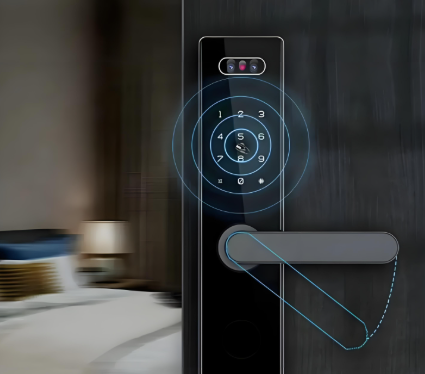
basic introduction
All toys sold in the European market must comply with the European Toy Safety Directive 2009/48/EC to ensure the safety of the products and their use. Manufacturers, retailers and importers are responsible for ensuring that their products comply with the basic safety requirements of Directive 2009/48/EC and conduct relevant tests in accordance with the unified European toy safety standards to prove their compliance.
EN71 test
EN71 Part 1-Physical and mechanical testing
EN71 Part 2-Burning test
EN71 Part 3-Toxic element migration test
EN71 Part 4-Chemical experiment equipment
EN71 Part 5 – Chemical toys (devices) other than experimental devices
EN71 Part 7 – Finger paints
EN71 Part 8 – Swings, slides and similar toys for household indoor or outdoor use
EN71 Part 9 – Requirements for organic compounds
EN71 Part 12-Nitrosamines and Nitrosamine Substances
EN71 Part 13-Scent of certain toys
EN71 Part 14 – Home trampoline
REACH
EU legislation on chemical registration, evaluation, licensing and restriction (REACH) aims to provide a high level of protection for human health and the environment from the use of hazardous chemicals. REACH has established a mandatory chemical substance registration system that requires traceability and identification of chemical substances contained in products sold in the European market.
Manufacturers, distributors, retailers and importers of toys and children's products are responsible for complying with and managing the risks associated with the regulated chemicals in REACH Annex 17, which includes certain hazardous substances, mixtures and articles sold and used in the European market List of restrictions.
REACH Appendix 17 Test
Azo and azo dyes
Benzene
Cadmium
DMF (dimethylfumaric acid) (2011/135/EU)
Lead in jewelry products
Nickel and its compounds
Nonylphenol (NP) and nonylphenol polyoxyethylene ether (NPE)
Organotin (DBT, TBT, TPhT, DOT)
PAHs (polycyclic aromatic hydrocarbons)
Phthalate content in plasticized materials
SCCP (Short Chain Chlorinated Paraffin)
Toluene

SRRC certification is one of the necessary conditions for products to enter the Chinese market for sale. It ensures that the wireless transmission characteristics of the wireless camera comply with national standards, avoiding communication problems caused by radio interference and ensuring the legality and compliance of the product.

FCC certification is a mandatory requirement for wireless device certification in the US market. Through FCC ID certification, wireless microphones can prove their compliance with US radio transmission standards, avoiding market bans or fines for violations. This is particularly important for products that hope to be sold in the US market.

KC certification ensures that products comply with relevant laws, regulations, and safety standards in South Korea, and is a necessary condition for smart door lock products to enter the South Korean market. KC certification covers wireless radio frequency, electromagnetic compatibility, and electromagnetic exposure. Strict testing and evaluation are required to obtain KC certification before products can be legally sold in the Korean market and gain consumer trust.
All toys sold in the European market must comply with the European Toy Safety Directive 2009/48/EC to ensure the safety of the products and their use. Manufacturers, retailers and importers are responsible for ensuring that their products comply with the basic safety requirements of Directive 2009/48/EC and conduct relevant tests in accordance with the unified European toy safety standards to prove their compliance.
Get a quote